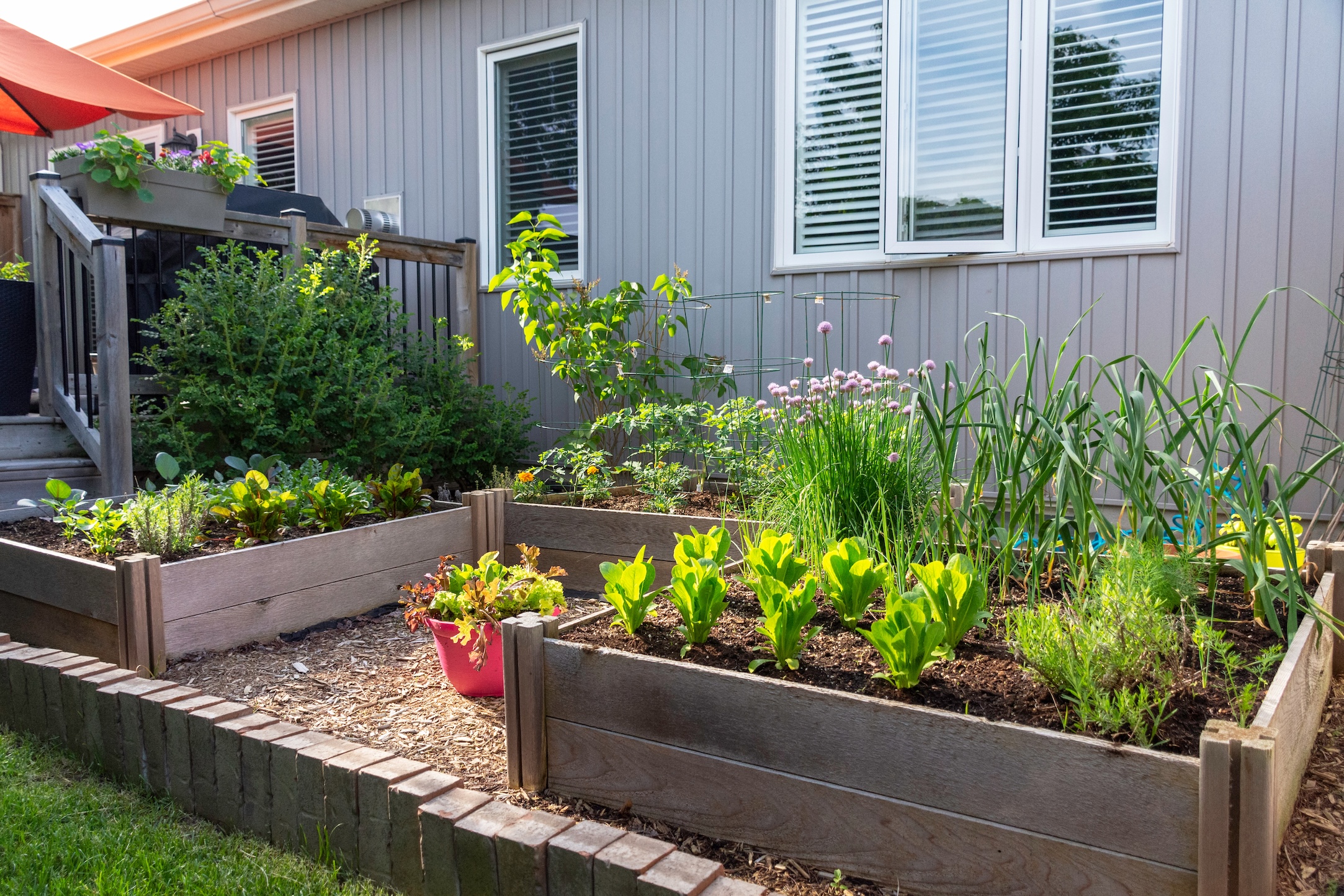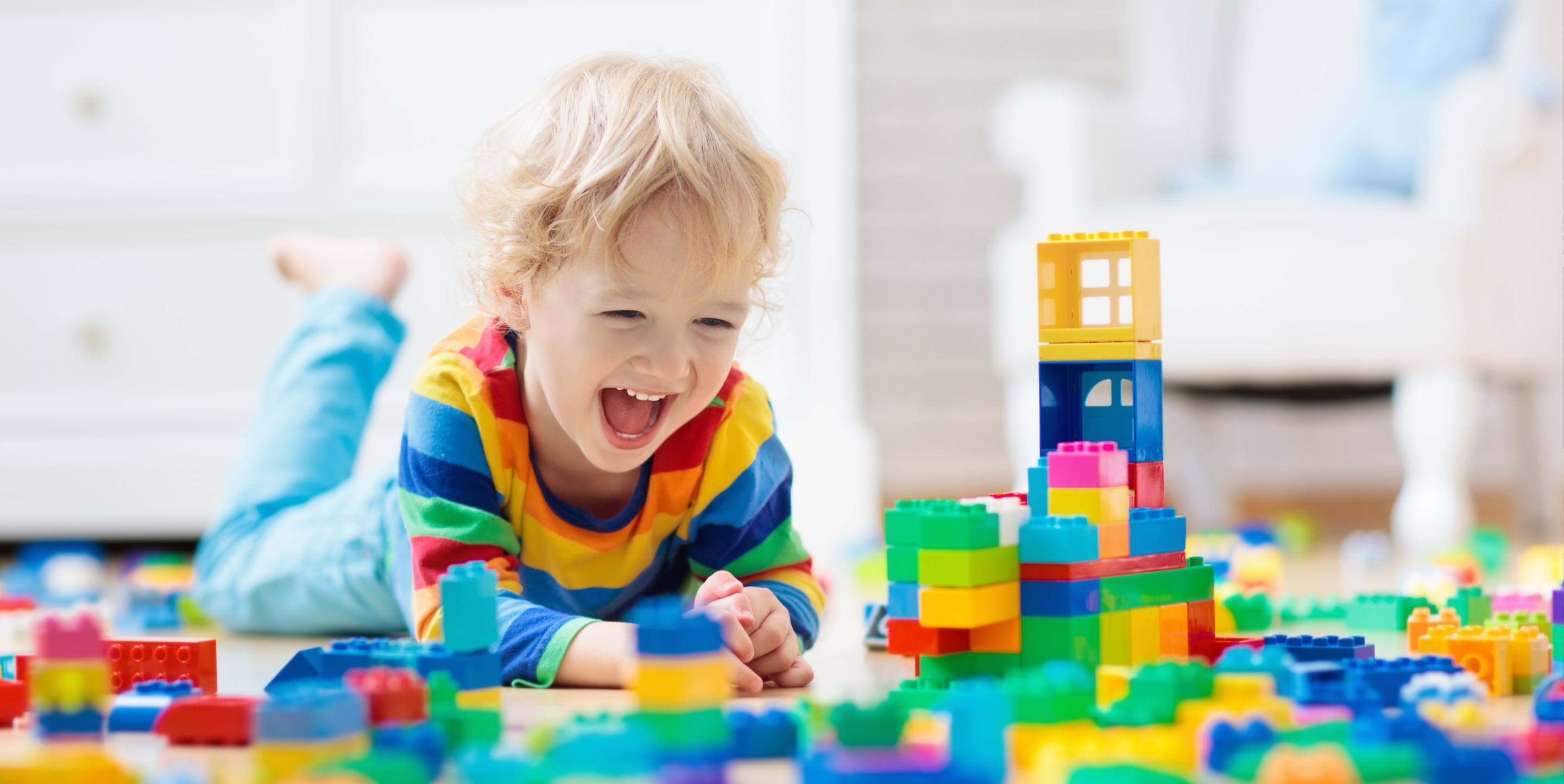What Type of Garden Should I Plant?
When it comes to choosing the right kind of garden for yourself, there are a lot of options out there. Whether your space is big or small, there's an option out there for you.

Whether it's in-ground, raised bed, or container, there are many options to satisfy the green thumb that's itching to play in the dirt. In fact, you can create a garden any place you wish - even apartment dwellers can use containers to grow a multitude of vegetables or flowers on balconies and patios. Let's explore some of the options.
Raised Bed Gardens
A particular advantage of the raised bed is that you can situate a garden anywhere in the yard, even on concrete. By building a simple framework, the size can be adapted to your space. Placing a layer of cardboard or thick newspaper on the ground under the frame controls weed growth and will eventually break down to enrich the soil. Cedar board is often the material of choice for edible gardens, as treated wood or railroad ties (both not recommended) can contain chemicals that can leach into the soil. Composite planking creates a long-lasting frame that's weather-resistant and durable. Other creative materials can be used to form your raised beds: cinder blocks, wood pallets, or retaining wall blocks. Stacking the blocks or boards will give you more height to grow deep-rooted plants.
The height of your raised bed, depending on what you want to grow, could average between 6-18 inches. For any raised bed, a width of less than 4 feet allows easy access from the sides, but the length can vary as long as the sides are braced every 8 feet to keep the frame from bowing. When using wood, be sure to reinforce the corners with screws and brackets, as it tends to swell over time.
Fill your bed with a mixture of clean potting soil, compost, organic matter such as peat moss, and a material to aid in drainage, such as perlite or vermiculite. A good starter mix would consist of 1/3 each potting soil, compost and perlite/vermiculite. This combination is also recommended for container gardens. Several garden soil mixes are also on the market, combining all the materials needed for getting started. See: Jolly Gardener Soil or Miracle-Gro Soil.
Elevated Raised Bed Garden
Avoid bending and stooping by choosing an elevated planter. It's great for those with mobility issues, and because it's off the ground, the rabbits won't be able to share the bounty of your harvest. Herbs and lettuce blends, planted in tables like this, allow you to step outside and snip a salad at a moment's notice.
In-Ground Gardens
Traditionally in-the-ground gardens usually require less watering, because the ground does not dry out as fast as it does in containers. Your plants will benefit from healthy soil rich in nature's helpers such as earthworms and nematodes. If it's a first-time garden being planned, a soil test is recommended before planting, and your local extension office will be able to suggest ways amend the soil for the best growing conditions.
Whether you till the soil before planting or simply dig with a shovel is a matter of choice; however tilling helps with seedbed preparation and weed control.
Once your garden is planted, fencing is often needed to keep out the wildlife. Choose a chew-proof wire fence sunk a few inches into the ground. For a more attractive alternative, try a repellent such as Liquid Fence to keep them the critters at bay.
Any type of garden will benefit from succession planting. Learn which plants grow best in cool weather, and which thrive in summer heat. By timing your plantings, you can maintain a variety of vegetables or flowers for the entire growing season.
Grow Bags
A recent development for the new gardener is container gardening in bags. They're easily moved to the sunniest spot in your yard and are available for tomatoes, herbs, peppers and eggplants. It's fun watching your own potatoes grow in a burlap grow bag.
Container Gardening
Every year, new vegetable varieties are being introduced sized specifically for container gardens. From cucumbers to tomatoes and zucchini, the sky's the limit on what can be grown in containers.
Window box planters work exceptionally well on balconies for an herb garden that's always fresh and available to snip. There's nothing better than a fresh-picked, sun-warmed tomato. Grow patio varieties in a barrel shaped planter. Creative floral gardens can be displayed in discarded household items, like suitcases, old drawers or old galvanized wash tubs, and they'll add rustic charm to your summer decor. Make sure your containers have sufficient drainage. Placing a coffee filter over the drainage holes will prevent soil loss while watering, yet still allow water to flow through.
Always remember that containers can dry out quickly, so be sure to stay on top of your watering duties, especially during the hottest days of the season. Time-release granular fertilizer, like Osmocote should be added to the soil to provide continuous nourishment to your plants.
Stop by your Fleet Farm Garden Center to discover just what you need to create the garden of your dreams.












